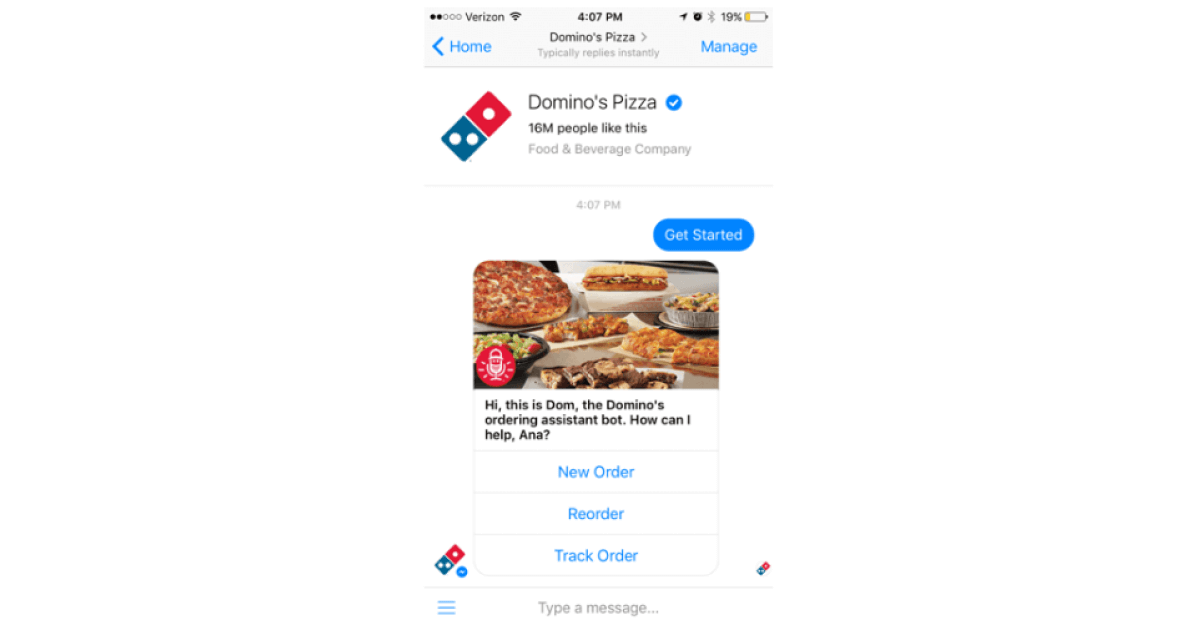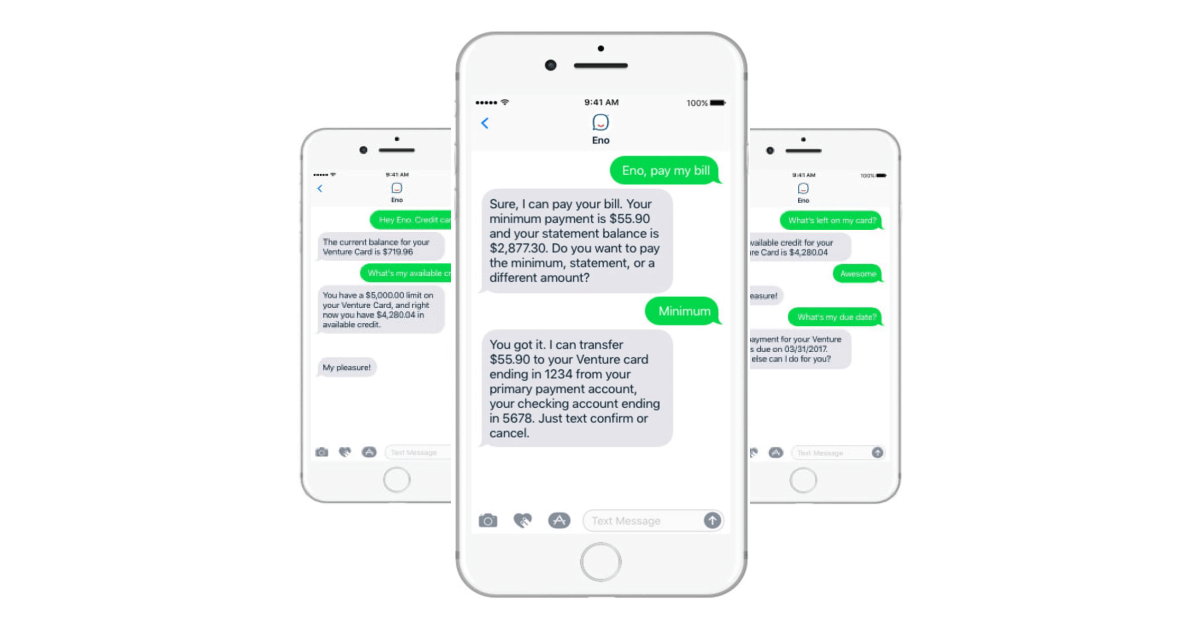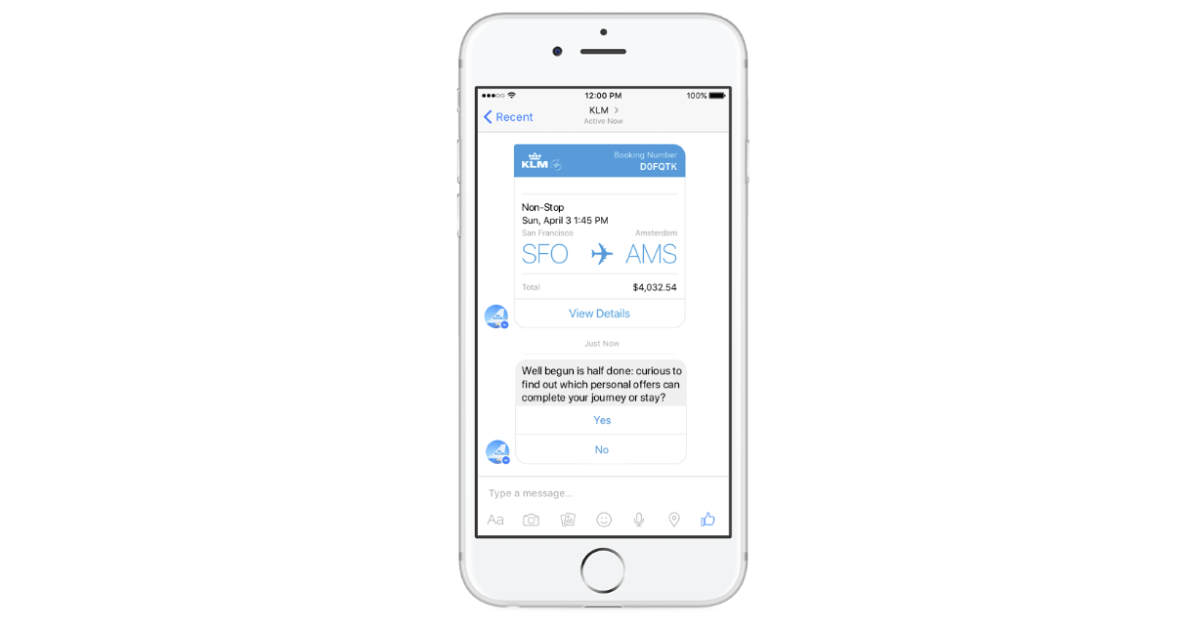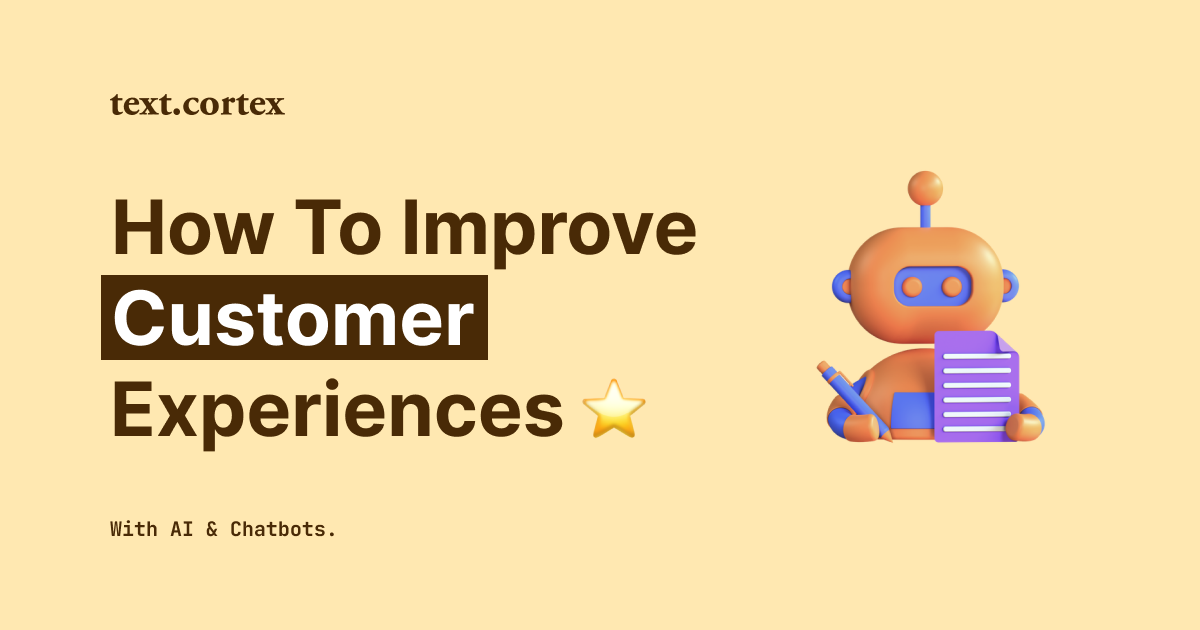Customer service is more vital than ever in the modern, digital era.
In today's market, customers expect personalized service without any obstacles.
And if a company can't meet these expectations, it risks losing its sales and reputation.
Chatbots and other forms of artificial intelligence can help with this.
This article will discuss how to improve customer experiences with AI and Chatbots, and offer advice on implementing those ideas.
Furthermore, we will provide case studies of prominent organizations that have effectively integrated these tools into their business strategies.
Let’s start!
How to Improve Customer Experiences With AI and Chatbots
We've broken down this section into the four most crucial components to help you understand how to improve customer experiences with AI and Chatbots.
1. Best Practices for Implementing AI and Chatbots
Artificial intelligence (AI) and chatbots are becoming increasingly popular as businesses try to meet customers' demands for individualized, time-saving services.
However, implementing these technologies can be tricky, so businesses must stick to best practices.
Companies can successfully implement AI and chatbots by identifying and following these 5 traits:
1.1 Identify Use Cases
To fully utilize AI and chatbots in customer service, businesses need to identify the specific scenarios where these tools can be most helpful.
Businesses can benefit from identifying use cases because it allows them to tailor their AI and chatbot solutions better to address particular challenges or opportunities.
Let's take a moment to think about the most common use-cases for AI and Chatbots that will help improve the customer experience:
- Answering customers' frequent inquiries.
- Making recommendations for products and services to customers based on their needs and habits.
- Automating routine customer service tasks like appointment scheduling and order status checks.
- Predicting issues and contacting customers directly to resolve them.
- Engaging customers and delivering targeted advertising.
- Interacting with customers through surveys and feedback to gather their opinions.
1.2 Choose the Right Technology
It's crucial to select the appropriate technologies to meet the needs of businesses as they seek to improve customer service experiences with AI and chatbots.
Numerous AI and chatbot platforms are available, each with its own advantages and disadvantages.
This way businesses can guarantee an effective, efficient, and satisfying user experience.
When choosing AI and chatbot solutions consider factors such as:
- Ease of implementation
- Cost
- Compatibility with existing systems
It's important to choose solutions that align with business goals and provide the necessary functionality.
1.3 Design User-Friendly Interfaces
The success of artificial intelligence (AI) and chatbots in customer service depends on how easily customers can interact with these tools.
If the interface is well-designed, customers will find it much easier to use the chatbot and obtain the information they seek.
On the other hand, a bad interface can annoy customers and ruin their experience.
Design chatbot interfaces that are intuitive and easy for customers to use.
This may include incorporating natural language processing (NLP) and ensuring the chatbot can handle a wide range of queries.
1.4 Train and Maintain
Once you implement AI and chatbots for customer service, training and maintaining these technologies is crucial to ensure they continue to add value and enhance the customer experience over time.
With the proper training and maintenance, AI and chatbots can:
- Adapt to changing business requirements
- Learn from customer interactions
- Stay up-to-date with the latest technological advancements
This includes regularly reviewing chatbot performance and making updates as needed.
1.5 Consider Privacy and Ethics
Businesses must prioritize privacy and ethics when incorporating AI and chatbots for customer service to maintain customer trust and safeguard their data.
Chatbots and AI can collect personal information that can improve the customer experience but also raises concerns regarding privacy and security.
Businesses must also ensure that their AI and chatbots don't discriminate against groups or further existing biases.
2. What are Benefits of Using AI and Chatbots
Now that you know best practices, let's look at the benefits of using AI and chatbots in customer service and how businesses can use them to improve customer experience.
2.1 Personalization
AI can help businesses deliver personalized experiences to customers by analyzing data such as past purchases and browsing behavior to:
✔️ Comprehend the customer's inquiry and offer customized answers.
✔️ Send reminders about appointments, sales, and events.
✔️ Customize the user interface.
✔️ Enhance customer interactions.
2.2 Efficiency
Chatbots can improve efficiency by automating repetitive tasks, freeing up human employees to focus on more complex tasks.
Here are a few ways that using AI and chatbots can enhance the effectiveness of customer service:
✔️ You can save time and effort in problem-solving
✔️ Reduce customer wait times by automating routine tasks and offering self-service.
✔️ Handle multiple customer inquiries simultaneously.
✔️ Provide consistent responses and follow predefined workflows..
2.3 Cost-Effectiveness
Businesses can save money by implementing AI and chatbots to:
✔️ Minimize the need for human customer service personnel.
✔️ Provide 24/7 support to customers.
✔️ Answer customer questions instantly.
✔️ Automate repetitive tasks.
2.4 Data Analysis
AI can help businesses analyze customer data to gain insights into customer behavior, preferences, and pain points, allowing them to make informed decisions about how to improve their products and services.
Here are some examples on how this data can help your business to improve customer experience:
✔️ Identify common problems and pain points and improve products or services.
✔️ Provide personalized product recommendations and targeted marketing messages.
✔️ Determine customer sentiment and find ways to improve the customer experience.
✔️ Identify areas for improvement and optimize their performance over time.
3. Challenges of Using AI & Chatbots for Improving Customer Experiences
While there are many benefits to using AI and chatbots to improve customer experiences, there are also several challenges and considerations that businesses should keep in mind. Here are some of the key challenges and considerations:
🚫 Integration with Existing Systems – Businesses must check that the technology is compatible with their current infrastructure and can be used with other software and hardware.
🚫 Data Privacy and Security – Businesses are required to follow data privacy laws and implement security measures to safeguard customer data.
🚫 User Acceptance – Businesses have a responsibility to make their technology simple to use and enjoyable for customers.
🚫 Quality of Service – Ai and chatbots are expected to provide top-notch support for a wide variety of customer questions. Customers may become irritated and dissatisfied with poor performance.
🚫 Cost – When deciding whether to invest in new technology, businesses must consider the costs and benefits.
🚫 Human Interaction – Businesses must still have defined channels for customers to escalate their issues to real people.
Now let’s jump into the real stuff.
So, let's look at real-world examples of how major companies have used artificial intelligence and chatbots.
4. Case Studies: Successful Implementations of AI and Chatbots
In this section, we'll look at examples of how AI and chatbots have been used effectively in customer service.
These case studies will provide real-world examples of how businesses utilize AI and chatbots to enhance the customer experience and generate revenue.
4.1 Domino's Pizza
Domino's Pizza implemented a chatbot named Dom, which allows customers to place orders via Facebook Messenger.

Their chatbot utilizes natural language processing (NLP) to accurately comprehend customer requests, even for complex orders like half-and-half pizzas.
Since implementing the chatbot, Domino's has seen a significant increase in online sales.
4.2 H&M
H&M implemented an AI chatbot to handle customer inquiries on its customer service platform.
It can answer customer questions about sizing, shipping, and returns and provides personalized recommendations based on customer preferences.

Since implementing the chatbot, H&M has seen a massive reduction in customer service emails.
4.3 Capital One
Capital One implemented an AI assistant named "Eno" to provide customers with real-time account information and insights.

Because customers are understood, Capital One can now understand 99% of customer responses (up from 85%), provide faster response times for confirmed fraud, and improve customer experience.
4.4 KLM Royal Dutch Airlines
KLM Royal Dutch Airlines implemented an AI chatbot named "BB" to assist with customer inquiries on social media platforms.

The chatbot uses NLP to understand customer queries in multiple languages and can handle various requests, including flight information and booking changes.
Since implementing BB, KLM has seen a 40% increase in customer interactions on social media.
Let’s Wrap Up
The case studies of practical uses of AI and chatbots in customer service show the wide-ranging advantages that these tools can provide to organizations of all sizes and sectors.
By utilizing AI and chatbots, businesses can enhance customer service operations, cut costs, and give customers more individualized attention. It's worth noting, though, that successfully implementing AI and chatbots calls for meticulous preparation and execution.
And how about beginning with one that only requires your curiosity and a strong desire to produce excellent results?
We’re representing TextCortex’s Zeno ChatGPT.
What is Zeno ChatGPT?
Zeno ChatGPT is an AI-powered chatbot service for businesses.
It is a program that uses best practices and GPT architecture to perform NLP on user queries and produce automated responses.
Additionally, it is a fantastic tool for helping with the creation of content that is both unique and search engine optimized.
Zeno ChatGPT Chrome extension offers a following capabilities:
👍 Rewriting Tool — Allows you to quickly rewrite, summarize, translate, alter the tone, create long-form posts, convert bullet points to emails, autocomplete, and more.
👍 Brainstorming ideas — Helps you to generate concepts for your next article, social media post, blog post, to-do list, essay, and more.
👍 More than 60 AI templates — Use AI to produce some of the most well-liked content types, including landing pages, advertisements, emails, paraphrasing assistance, social media copy, and more.
👍 Readability Checker — Get feedback on your word count and readability score.
👍 Voice overs — For people who have trouble editing and reading, the "Text-to-Speech" function can be very helpful.
👍 Zeno Chat — Conversational AI to generate any kind of content you require.
Furthermore, Zeno ChatGPT is supported on 2000+ most popular online platforms.
This means you can tweak your content to improve customer experience whenever your pen needs it.
Ready to explore?
Sign up for a freemium account to unlock 10 free daily creations to familiarize yourself with the tool and start producing content that will engage your audience right away.


%20(3).png)

.png)
